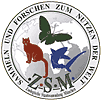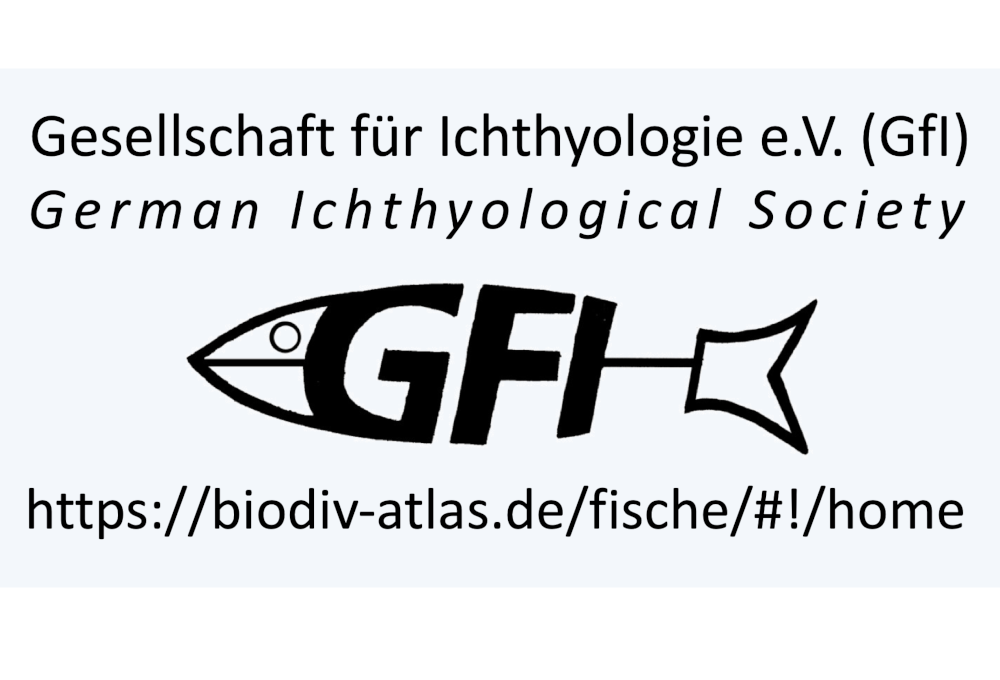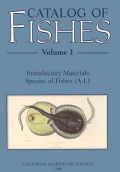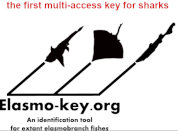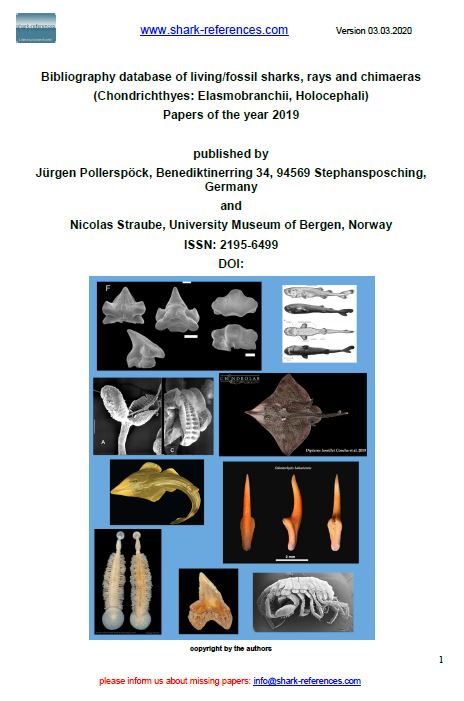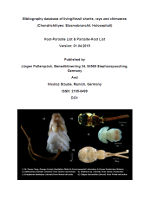Sharks in the dark: Paleontological resource inventory reveals multiple successive Mississippian Subperiod cartilaginous fish (Chondrichthyes) assemblages within Mammoth Cave National Park, Kentucky. Parks Stewardship Forum, 40(1), 53–67
DOI: 10.5070/P540162921

New ctenacanth sharks (Chondrichthyes; Elasmobranchii; Ctenacanthiformes) from the Middle to Late Mississippian of Kentucky and Alabama. Journal of Vertebrate Paleontology, 43(3), Article e2292599
DOI: 10.1080/02724634.2023.2292599

Obruchevodid petalodonts (Chondrichthyes, Petalodontiformes, Obruchevodidae) from the Middle Mississippian (Viséan) Joppa Member of the Ste. Genevieve Formation at Mammoth Cave National Park, Kentucky U.S.A. Journal of Paleontology, 98(6), 1087–1097
DOI: 10.1017/jpa.2024.40

Janassid petalodonts (Chondrichthyes, Petalodontiformes, Janassidae) from the middle Mississippian (Visean) Ste. Genevieve Formation, Mammoth Cave National Park, Kentucky, USA. Historical Biology, 36(9), 1783–1792
DOI: 10.1080/08912963.2023.2231955

Fossil chondrichthyans and other new paleontological resources at gulf islands national seashore. New Mexico Museum of Natural History and Science Bulletin, 94, 143–154

The occurrence of fossil cartilaginous fishes (Chondrichthyes) within the parks and monuments of the National Park Service. New Mexico Museum of Natural History and Science Bulletin, 90, 183–208

Two Chimaeroid egg case remains from the Late Cretaceous, Mesa Verde National Park, Colorado, USA. New Mexico Museum of Natural History and Science, Bulletin, 82, 113–120

The Late Mississippian (Viséan) Chondrichthyan Assemblage from the Joppa Member of the Ste. Genevieve Formation at Mammoth Cave National Park, Kentucky. Conference: Society of Vertebrate Paleontology Virtual Meeting 2020

The Holocephalans (Chondrichthyes) of the Mississippian (Visean) Redwall Limestone, Grand Canyon National Park, Arizona. New Mexico Museum of Natural History and Science, Bulletin, 82, 141–144
A preliminary inventory of fossil fish from National Park Service Unit. New Mexico Museum of Natural History and Science, Bulletin, 34, 63–69
Permian vertebrates fossils of Arizona. New Mexico Museum of Natural History and Science, Bulletin, 29, 10–15
An inventory of paleontological resources from Walnut Canyon National Monument, Arizona. In Santucci, V.L. & McClelland,L., eds., National Park Service Paleontological Research, Denver, U.S.National Park Service, 118–120
